|
The month of February was all about planting the model garden, with as highlight the course of agroforestry expert pak Tony. In addition, we also had extra support from volunteer Saga, intern Onno, local farmers and acquaintances.
Applying agroforestry under the guidance of pak Tony He also helped us tremendously in tackling the model garden, such as making our very first load of compost for our compost house and adapting the design of the model garden. There were a number of trees that were not in the right place so they couldn't provide optimal shade. Afterwards it turned out that we could plant more crops together on one piece of land. Well, that's a good thing! We also worked on setting up a good and clear planting system. When the design of the model garden was finished, under the guidance of pak Tony, we could immediately start putting the planting system into practice by placing rows of plants that will serve as an example for the entire garden. We planted pineapple, sweet potato, black pepper and ginger. These crops serve as good ground cover. After a few days you could already recognize a clear structure. Step by step, the implementation of agroforestry is starting to become more visible! For example, every 12 metres there is now a coconut palm next to the cocoa trees. After a while, the large leaves of the coconut palm will grow and transform into elegant fans. This way, the palm provides shade to the trees growing underneath. Furthermore, every 7 metres there are avocado, durian, kelor and petai cuttings. The correct placement of mulch trees was also determined. According to pak Tony, there were large shadow trees that were out of control. In other words: these trees had become too big so it was almost impossible to prune them. Pak Tony shared his pruning knowledge with us and told us that the cocoa trees could be pruned a lot more, because they only need 30% shade. Then we pruned these trees all the way back. The pruning makes the cocoa trees a lot more open and 'cleaner' so that more food and energy goes to the fruit. This reduces the chance of diseases and the tree will provide the right amount of shade to its fellow crops. Now we know how a good pruning system can be applied in the right way! After the departure of pak Tony, we continued the action: collecting coconut husks. A big advantage is that the husks last a long time. ‘Tempat sampah!’ (trash bin) The children and grandchildren of pak Amir have become extremely enthusiastic about tackling the (plastic) waste problem. Together we dug a big hole in the garden next to the house. Then, by joint effort, all the waste was collected in the pit and as a finishing touch, the children made a sign 'tempat sampah!', which means 'trash bin!'. That’s done, loud and clear! We do this because there is no system for non-degradable waste. The farmers themselves have to take care of getting rid of the waste by incinerating it. Pak Amir does this regularly, but always at random places around the house. This way, remnants of (burnt) waste arise all around the house. In order to preserve the natural beauty and not to damage the soil too much, there is now the 'tempat sampah' where from now on the waste will be collected and burned. We are hard at work looking for a better solution for the future that is more in the direction of zero waste. After all, good waste processing cannot be seen separately from the project and will certainly receive the necessary attention. One idea is to make our own soap with, among others, Ierak's (Sapindus Rarak) soapberries. Then it will no longer be necessary to buy sachets, so that ensures less waste! Intern Onno La Galigo presents the first intern of our team: tropical forestry student Onno! He will join us in Lauwo for a couple of weeks and see how things are going in Lauwo. The plan is that Onno will do research on different agroforestry projects and compare them with each other. We want to use this valuable information for the further implementation of agroforestry in the project. While writing this blog, Covid-19 has changed the situation. In our next blog we will tell you how we had to change the plans for Onno's internship. To be continued... Reflections
Because of our long stay in Lauwo and working on the model garden we meet more and more local farmers and also get in touch with local organizations. This development is only possible if you work on a project yourself on the spot and also get in touch with farmers and organisations in the area. In addition, it is good if you go to local events and also organize events or trainings yourself, resulting in great new collaborations and exchange of knowledge. This is an important 'breeding ground' for a fertile future! Do you have any ideas for us or would you like to let us know what you thought of this blog? Let us know by leaving a comment below!
0 Comments
Leave a Reply. |
Authors Tom, Onno, Claudia and FatimaTales from the project site Archieven
Juli 2020
Categorieën |
©LaGaligoFoundation

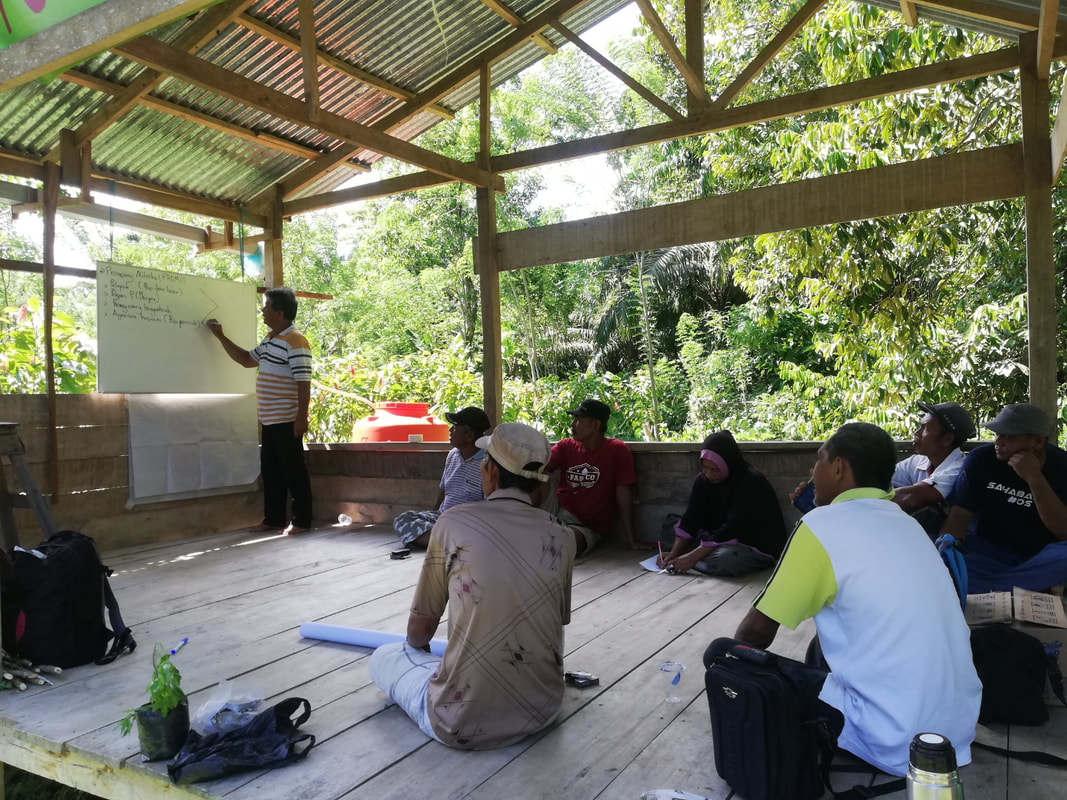
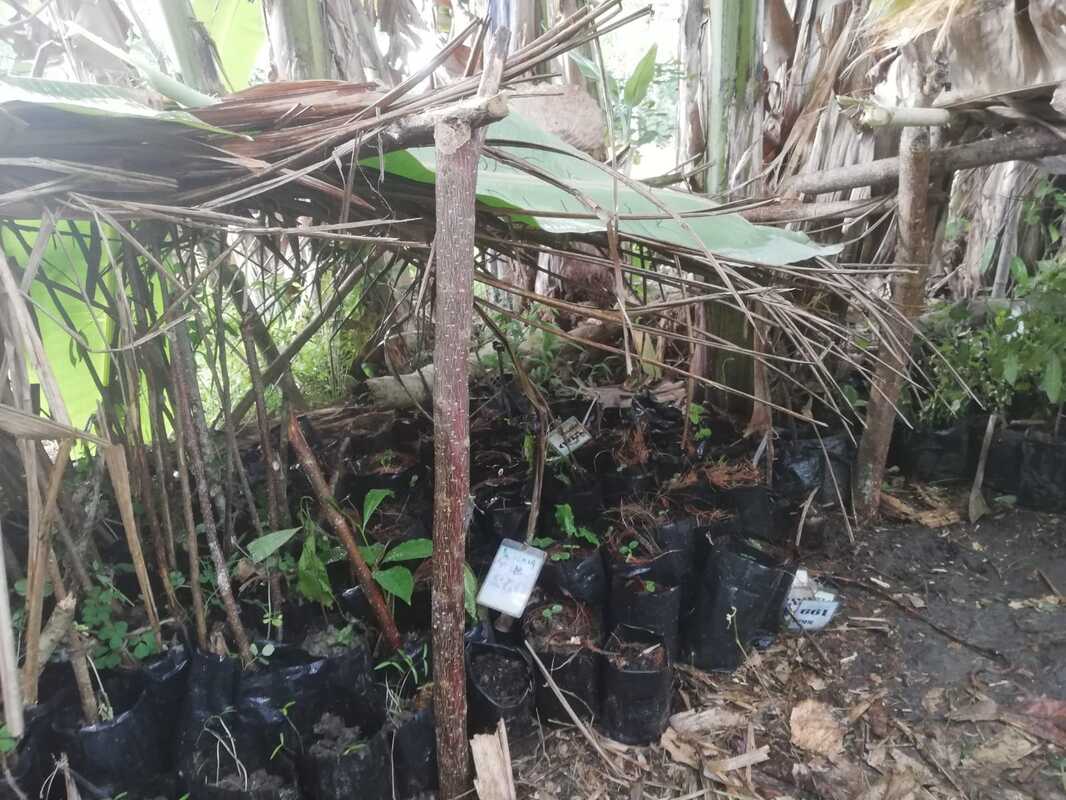
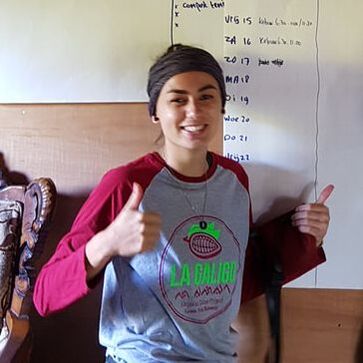
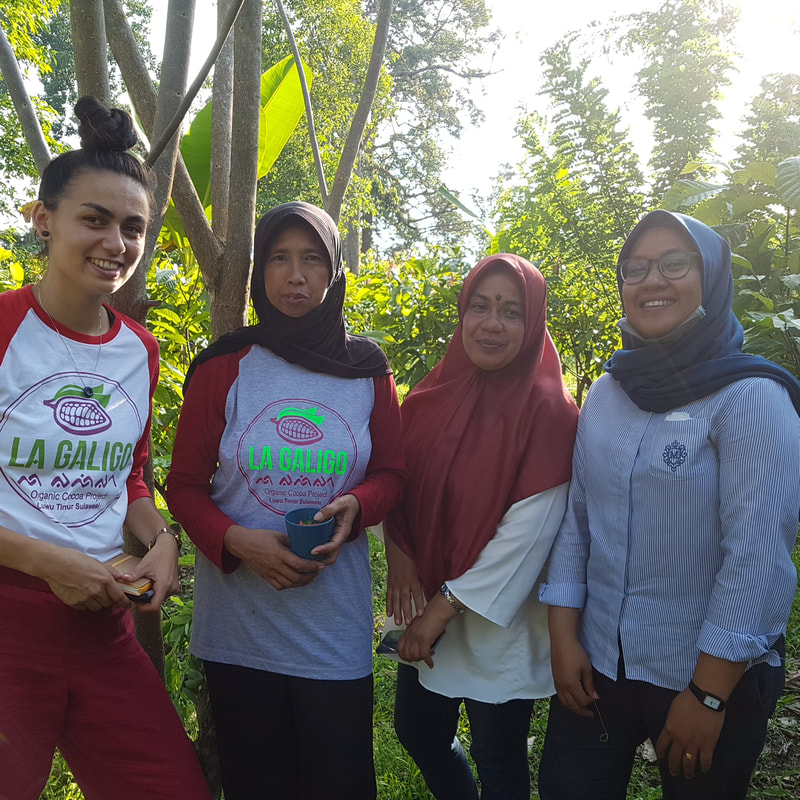
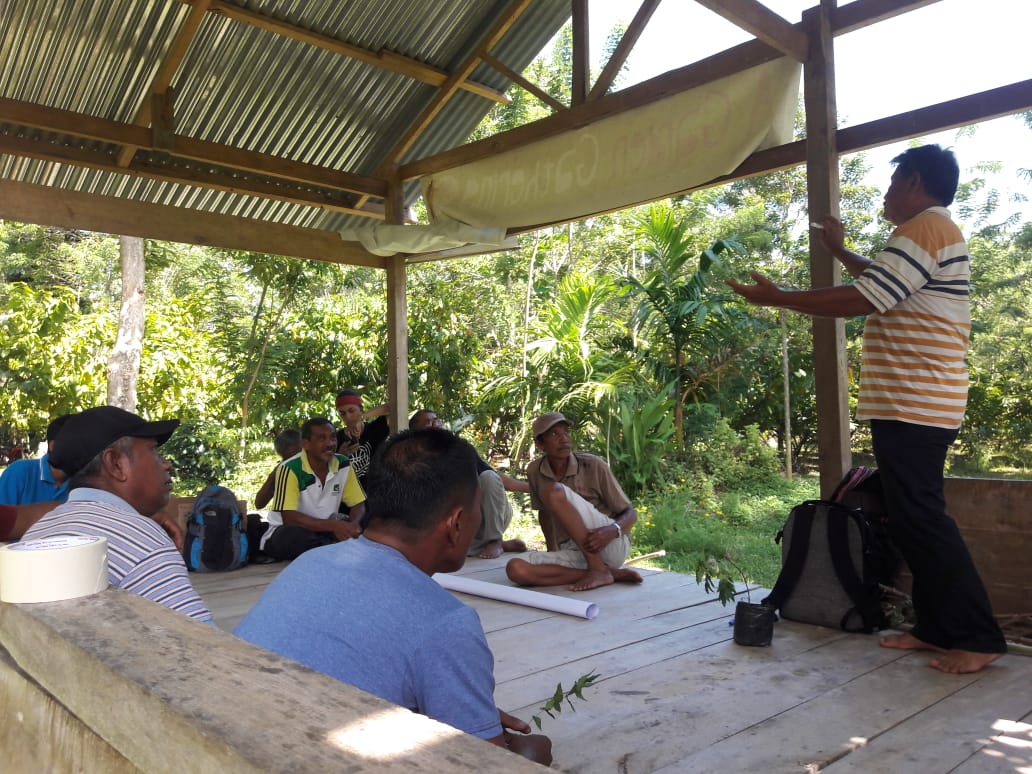
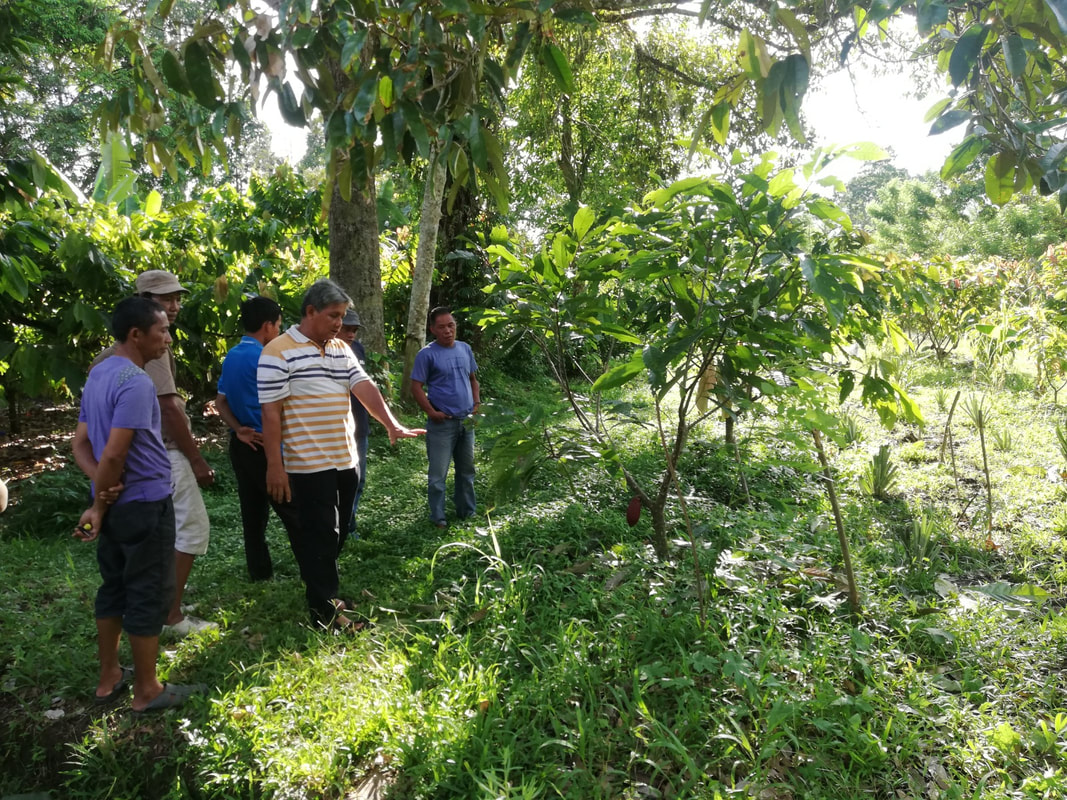
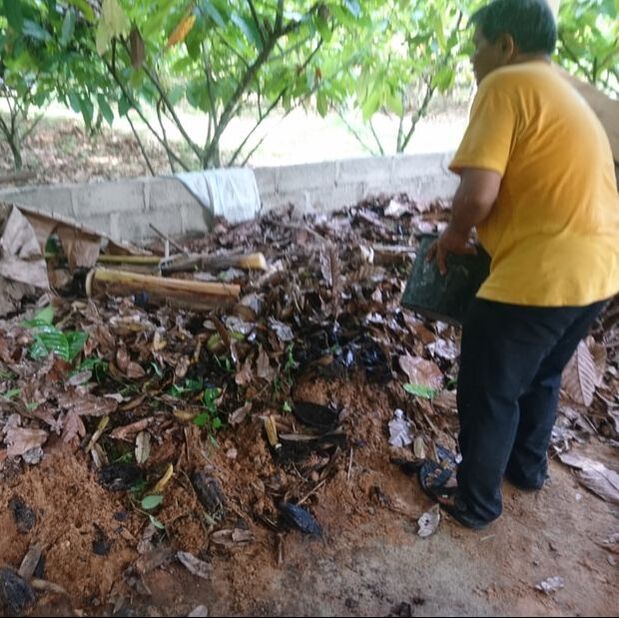
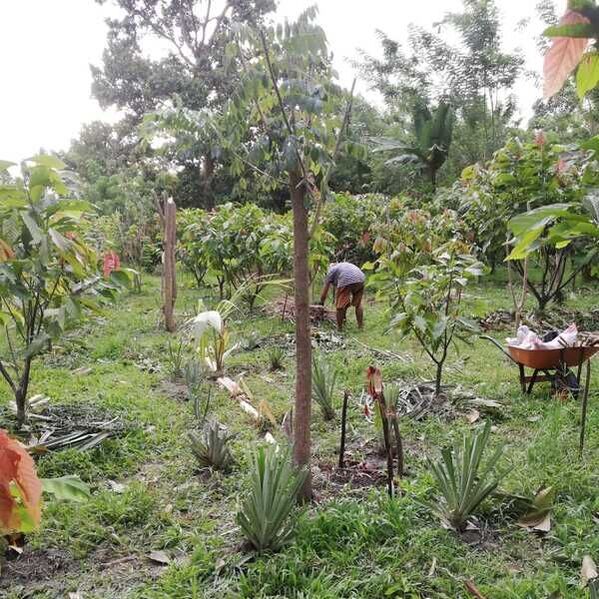
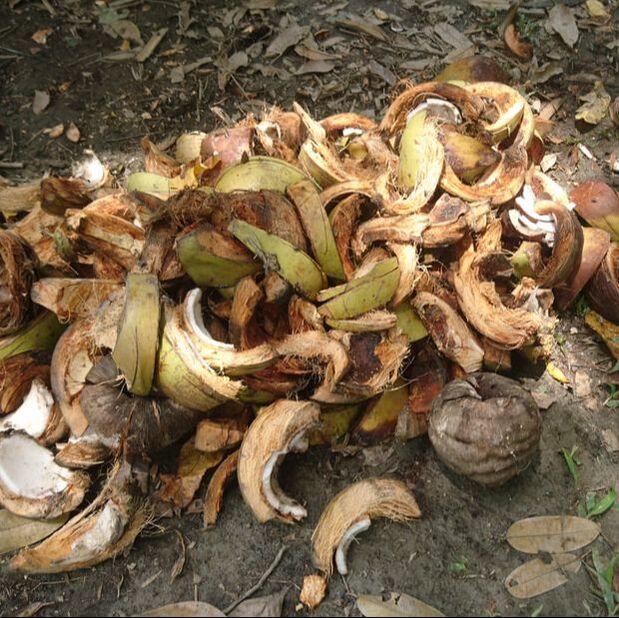
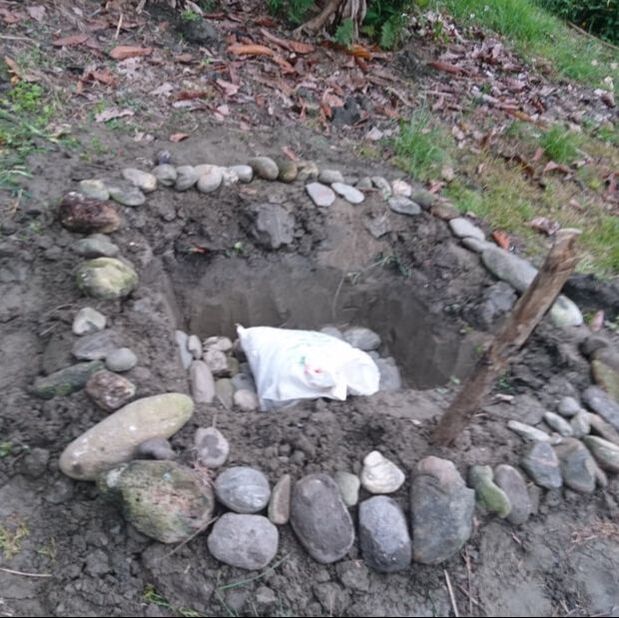
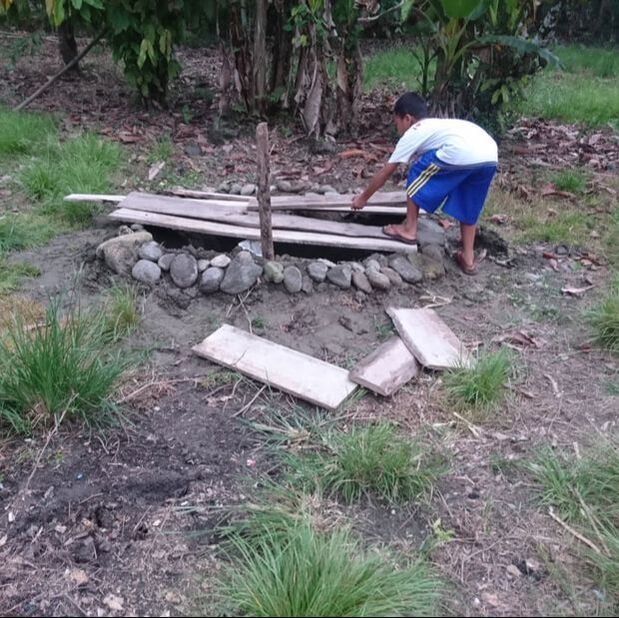
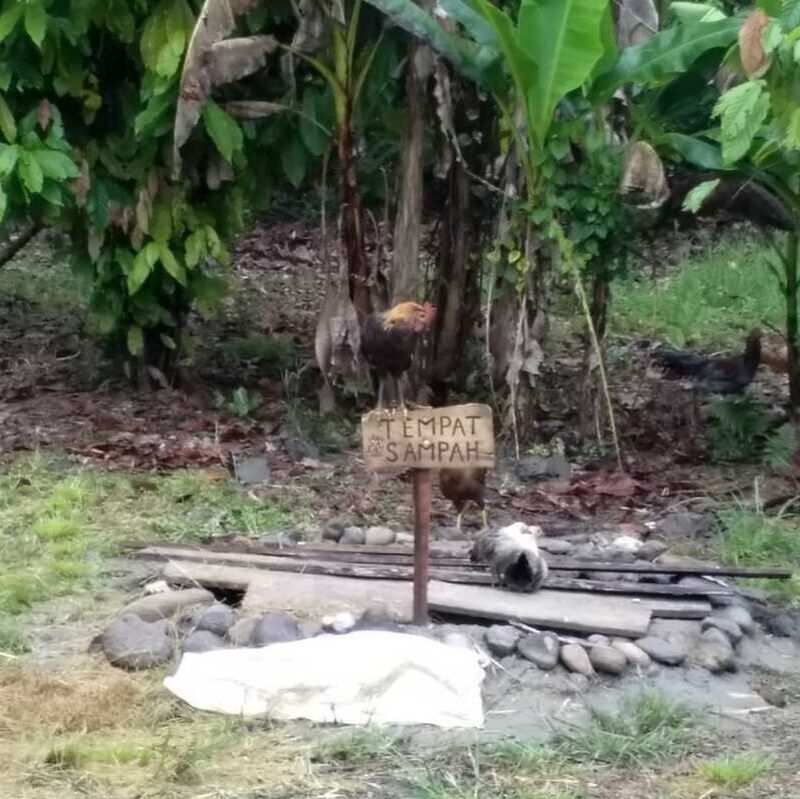
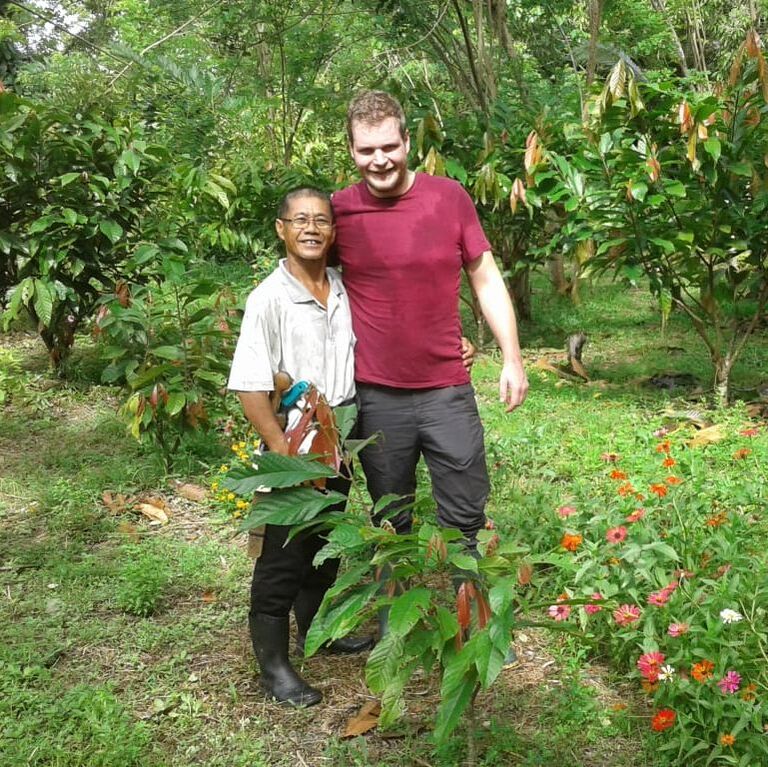
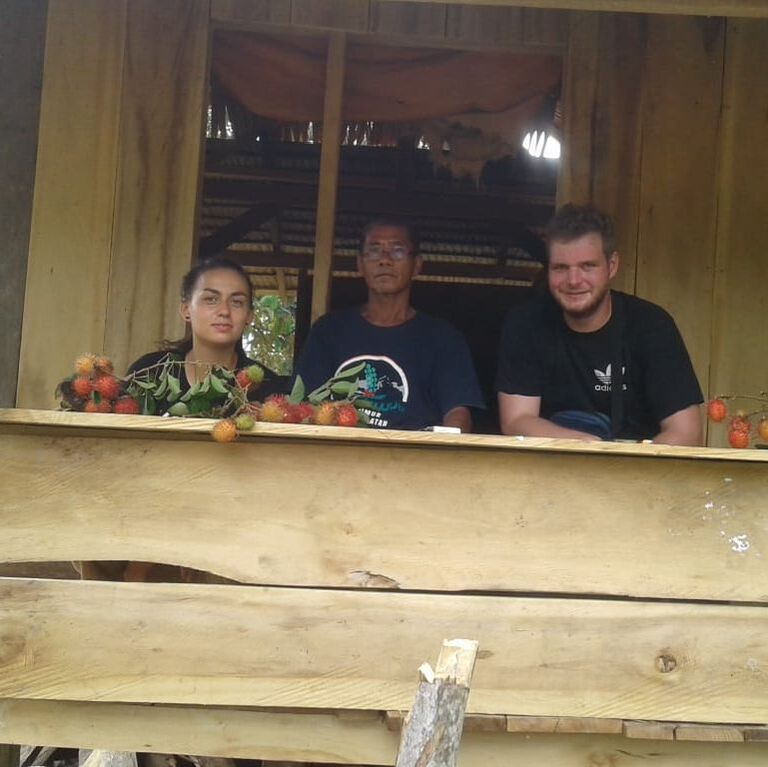
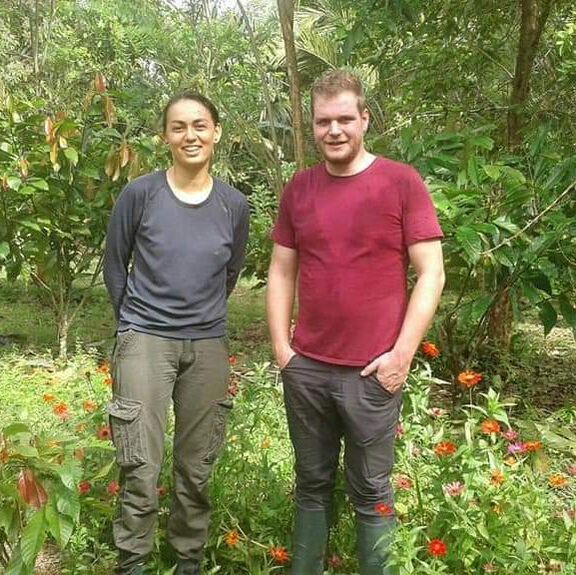


 RSS-feed
RSS-feed